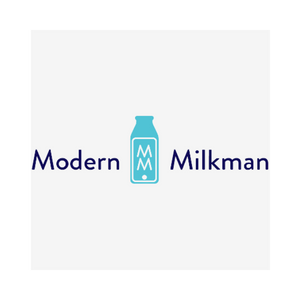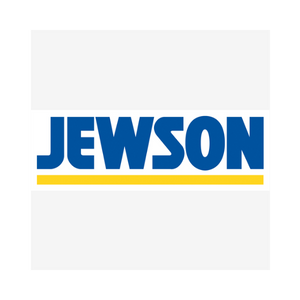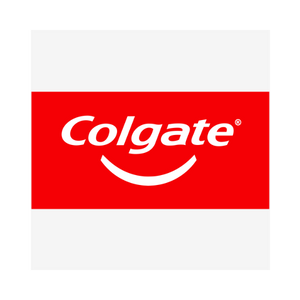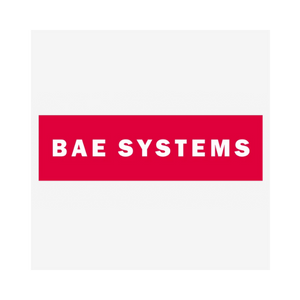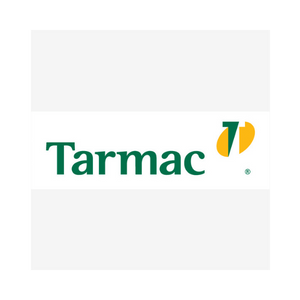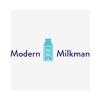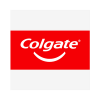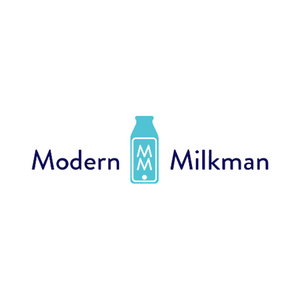Environmental Impact of Degreasing Chemicals & Natural Alternatives
The term ‘Degreaser’ refers to a product that is used to clean water insoluble substances like oil and grease from hard surfaces such as machinery parts. Degreasing of machinery and equipment is vital in order to carry out effective maintenance and to preserve quality control in the manufacturing industry. It is a long-held belief that for effective, heavy-duty degreasing you need products loaded with harsh solvent based chemicals and surfactants. Unfortunately these chemical degreasing agents are often damaging to not only the user but also to the environment. With the ever closer scrutiny of environmental initiatives being imposed on companies, it is becoming more important to take a greener approach to choosing industrial degreasers. Particular attention needs to be paid to the biodegradability of your degreasing products as any remaining chemical that gets washed away or released into the atmosphere will ultimately have an effect on the environment. A quick research into some of the chemicals found on the ingredients list on the back of your industrial cleaners will reveal some worrying facts about the damage it may be doing to the environment.
Other things to consider; harsh chemicals bring about higher costs for your backend waste disposal or treatment, plus added costs of PPE to comply with current health and safety and environmental regulations. There is now also higher insurance premiums for storage costs of hazardous products.
Chemicals in Degreasers That Cause Harm to the Environment
Solvents
Industrial cleaners and degreasers have traditionally been formulated with organic, non-aqueous solvents. These solvent chemicals are frequently non-biodegradable, making their way in to water systems and being absorbed in to the ground where they cause damage to animal and plant life. Solvent based degreasers often contain Hazardous Air Pollutants (HAP) that enable the product to vaporise at room temperature. These chemicals when airborne can cause irreversible damage to the environment and also to the health of humans. Another component of many solvent based degreasers that causes harm to the environment is the presence of Volatile Organic Compounds (VOC). VOC’s evaporate quickly and can often combine with combustion emissions to form ozone at ground level creating “smog”.
Another dangerous chemical found in many industrial solvent degreasers is trichloroethylene (TCE). TCE is frequently used in industrial degreasing products used for metal cleaning. Extensive research has been carried out on this chemical and several studies have found that prolonged exposure to the chemical has a carcinogenic effect on humans. The International Agency for Research on Cancer has classified Trichloroethylene as a “probable human carcinogen’. TCE is released into the environment via the air and through water. A large proportion of the TCE that enters water courses evaporates, however some will remain in water courses for a long time as surface water or will be absorbed in to soil. TCE is prevalently found in water courses used for drinking water therefore humans come in to contact with this chemical on a frequent basis.
Surfactants
In addition to the harmful effects of solvent based degreasers there is also the effect of certain surfactants that you need to consider. Today many “green surfactants” have been developed from synthesized petroleum. These surfactants are biodegradable and pose low risk to aquatic life and microorganisms. However what many people may not realise is that because they are petroleum based they are usually made from non-renewable resources making them a less environmentally friendly option than they appear.
Another harmful ingredient frequently found in household cleaning products and industrial degreasers are Alkylphenol Ethoxylates (APEs). These APEs are frequently found as contaminants in water systems and water treatment plants. When the APEs degrade in the water treatment plants they are partially absorbed by the sewage sludge that is then applied to the land. When these APEs naturally degrade they form shorter chain APEs that mimic natural hormones causing damage to the endocrine functions of animals and humans when they come in to contact with contaminated water.
Another chemical to be aware of in industrial cleaning products is Nonthynol, a non-ionic surfactant widely used in degreasing products due to its particularly good wetting and dispersant properties. REACH Regulations restrict the use of this chemical as Nonthynol does not readily break down when it is released into the atmosphere or into water systems. This chemical poses a particular threat to aquatic life but it has also been proven to affect the cells of land animals causing fertility problems.
Environmentally Friendly Degreasers
In order for a cleaning product to really be called “green” they need to be biodegradable, safe for the environment and sustainable. In a practical sense these products also need to be readily available and have the same high performance level as traditional industrial cleaning chemicals. The Solvent Emissions Directive in the UK focusses on limiting the exposure and release of solvents instead of emphasising the possibility of substitutions.
The increasing demand for degreasing chemicals that are low toxicity, biodegradable and made from renewable resources has lead to the development of enzyme based surfactants. These enzymes have been developed to act as a catalyst to chemical reactions to replace the chemical reactive agent in traditional degreasers. These enzymes do not drain the earths natural resources and offers a sustainable alternative to using toxic solvents and harmful surfactants. Citrus based cleaning products are another effective, more environmentally friendly alternative to these chemicals. The substance D-Limonene, a terpene found naturally in citrus oils sometimes referred to as orange terpene or citrus terpene, is increasingly being used as an alternative to solvent cleaning. Products containing D-Limonene as their primary degreasing agent have been proven to be effective in cleaning light cutting oils and lubricants to even the thickest of industrial greases such as cosmoline. It is particularly useful in industrial cleaning processes as it is non caustic and non-reactive to metal surfaces. It can effectively be used in liquid concentrations and in aerosol form for a wide variety of cleaning applications. The high solvency power of D-Limonene means that a smaller concentration can be used making it an economical alternative that eases the problem of environmental pollution and waste disposal issues.
As responsible managers and buyers it is vitally important to consider the environmental impact of any products you purchase. Speak with your supplier to ensure you are purchasing a product that has been formulated with environmental considerations in mind.
Resources
Surfactants from Renewable Resources edited by Mikael Kjellin, Ingegärd Johansson
Biological Effects of Surfactants by S.A. Ostroumov
The biodegradation of surfactants in the environment, Matthew J Scott, Malcolm N Jones
Cleaning with Solvents: Science and Technology By John Durkee 2013
Handbook for Critical Cleaning: Cleaning Agents and Systems, Volume 2,





















